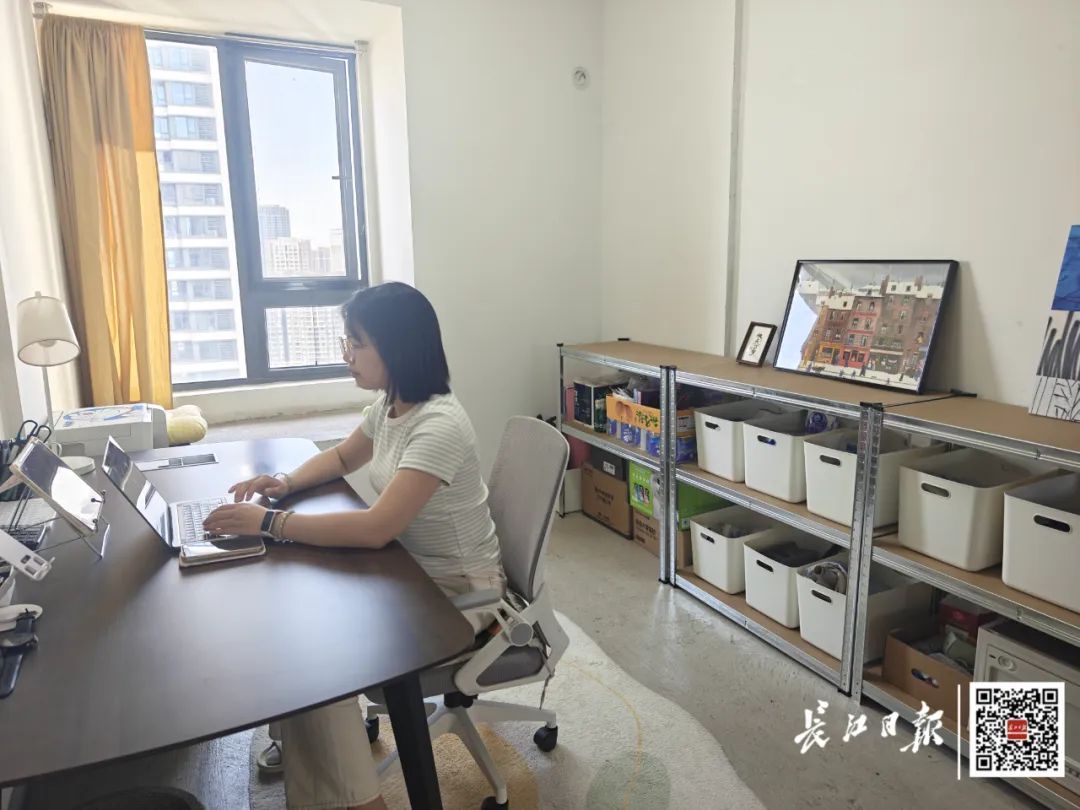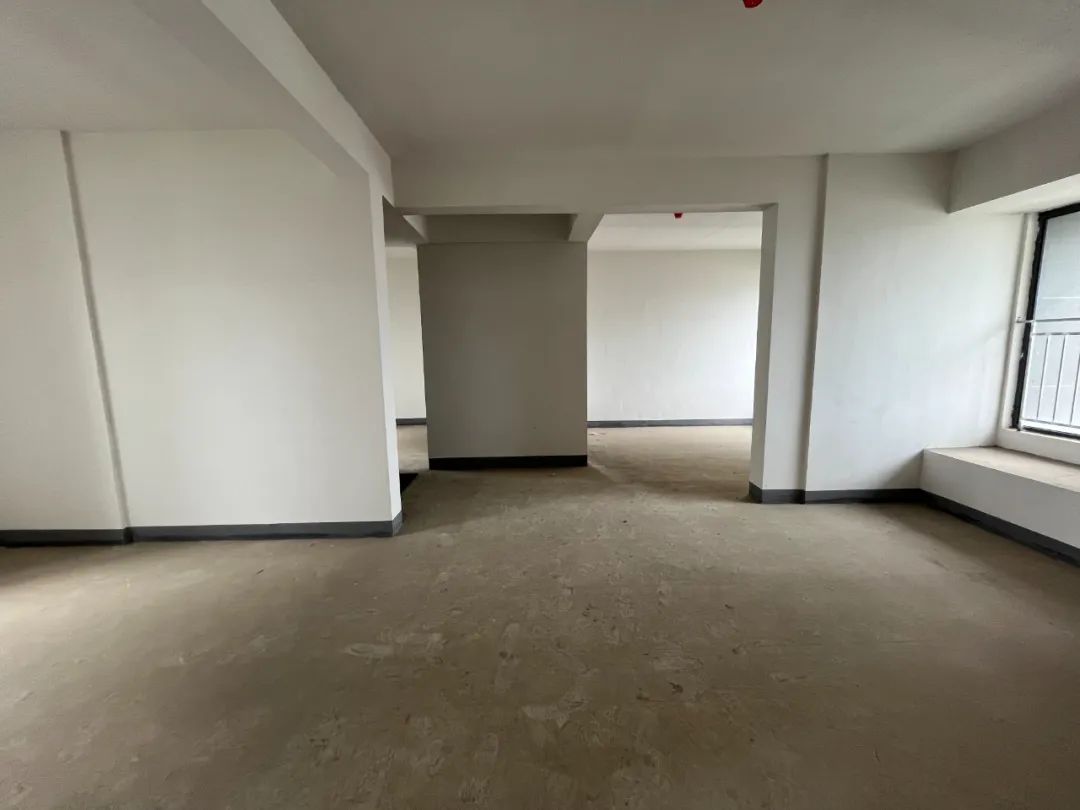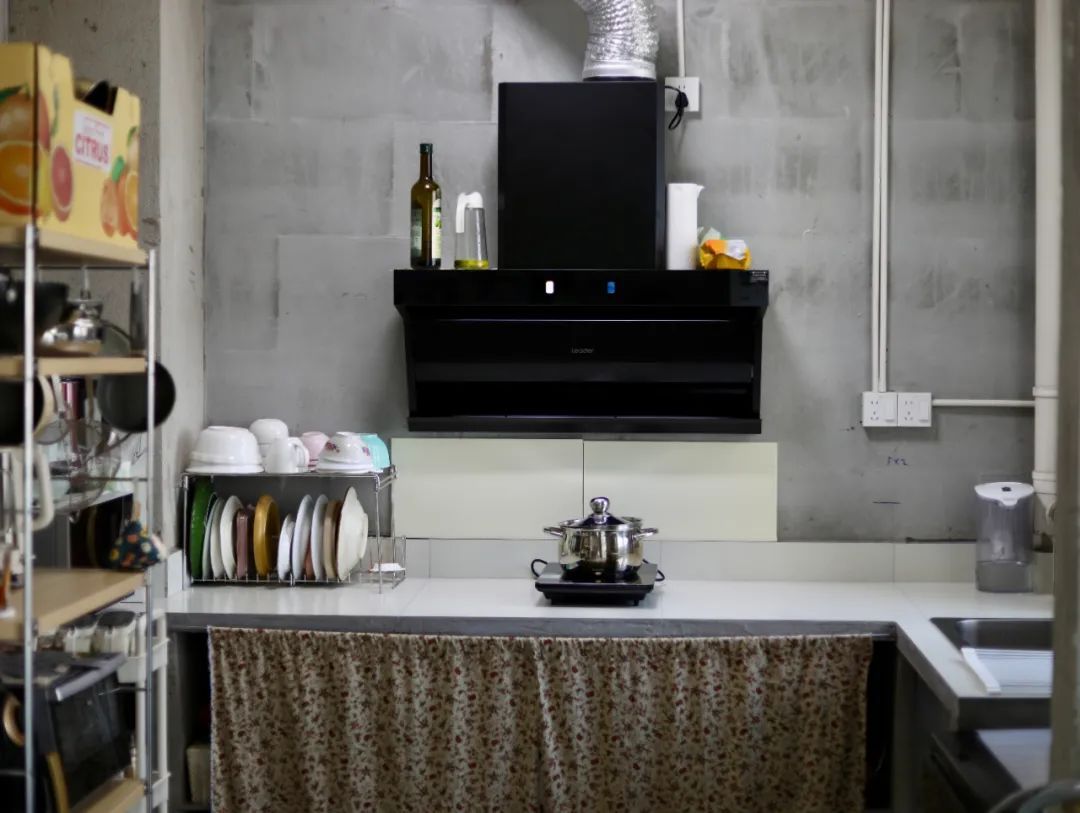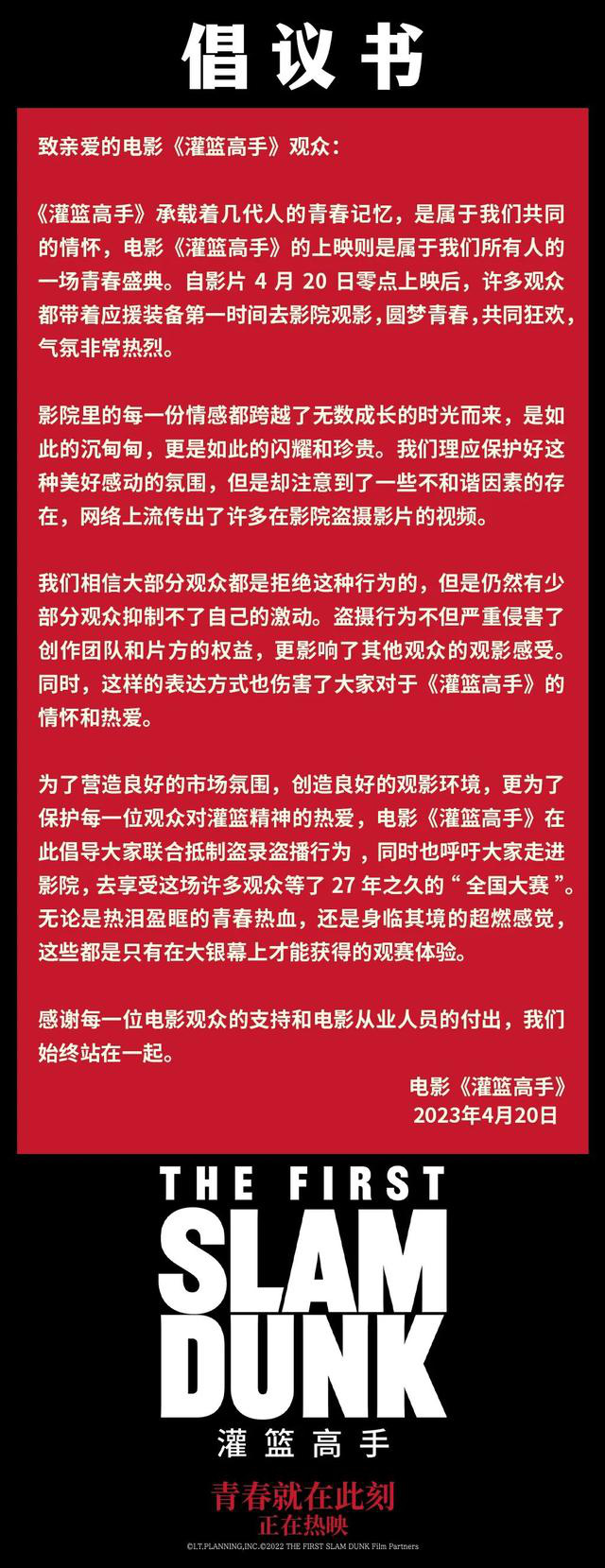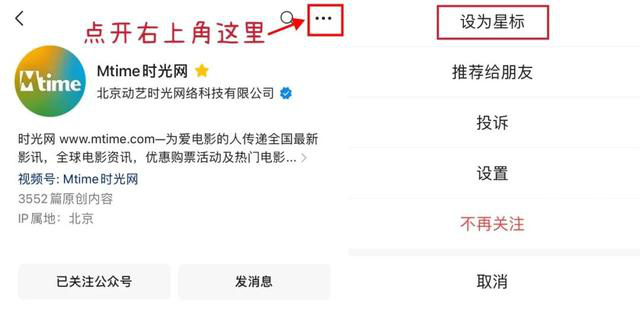"Teacher, our class’s holiday environmental protection collection task was completed ahead of schedule, and the students have put the sorted mineral water bottles and batteries into the smart garbage bin … …” Zhao Qianzhu is a student in Class 2 (1) of langxi Road Primary School in Hefei. The "smart garbage bin" in her mouth is 1 meter high and 3 meters wide, which is a good helper for students to learn the knowledge of garbage classification. It can be weighed and automatically converted into points, which can be used to exchange school supplies.
Hefei langxi Road Primary School is located in the urban-rural junction, and most of the students are children who move with them. Since 2018, the school has achieved full coverage of smart teaching applications by building smart schools. Teachers can teach online through the smart classroom, students can share their learning results with words, pictures and videos, and teachers can evaluate them. "Wisdom" is integrated into every corner of campus study and work, from curriculum division to teaching and research arrangement, from information announcement to equipment maintenance, from book borrowing to classroom acquisition, and the efficiency of teaching, scientific research and management can be improved through intelligent systems.
Recently, the reporter walked into schools, nursing homes, old communities, underground parking lots and vegetable markets in some cities in Anhui. In these places closely related to people’s lives, it is not difficult to find the close connection between smart systems and people’s livelihood, as well as the convenience brought by technical elements.
Wisdom class
For Wang Shuzhe, a student in Class 5 (6) of langxi Road Primary School, the tablet computer used in the smart classroom is a "good partner" in learning. Introverted, he usually doesn’t like to talk, and he is embarrassed to raise his hand if he has problems. With the tablet computer, he "quietly" asked the teacher for advice, which improved the learning efficiency.
At the same time, the teacher can see the number of participants in various activities, the average correct rate of the whole class, the correct rate of each question, the answer time and the answer and correction of each student at the terminal, and can give timely guidance for weak knowledge points.
The online teaching during the epidemic period left a deep impression on the mother of Xia Jianjia, a class 2 (4) student. At that time, the network equipment at home was old, which affected children’s study. After the telephone home visit, the class teacher reflected this situation to the school. The next day, the principal and the information teacher sent the laptop to the door of the community. Mother Xia was very moved: "The smart classroom in the school not only has speed, but also has temperature."
In recent years, the school has built intelligent teaching systems such as digital library, maker classroom, recording and broadcasting classroom, and placed digital readers on each floor to facilitate children’s reading. Interest class is no longer a teaching mode in which students watch around the teacher. Every student can watch the teacher’s demonstration and practice through the tablet computer.
"Through the construction of smart schools, the quality of education and teaching and the growth of teachers have been effectively promoted. We are forming a smart teaching system that can be used everywhere, can be used at all times, and is applicable to everything, injecting new kinetic energy into the development of education and people’s livelihood. " He Xingwen, principal of langxi Road Primary School, said.
Wisdom vegetable market
When you go to the farmer’s market to buy food, you can also use the traceable electronic scale & HELIP; … In the Hongxitai vegetable market in Luyang District, Hefei, the intelligent system is commendable. There are 55 stalls in the vegetable market planning and design, covering 17 categories such as fruits, grain and oil, vegetables, frozen products, aquatic products, white-striped poultry, stewed cooked food, fresh meat, etc. It is also equipped with LED electronic screen, consumer purified water drinking point, convenience toolbox, intelligent agricultural trade system and rapid detection system, which has the functions of market supervision, data collection and traceability.
Consumers can inquire about farmers’ market information, operator information, food information, credit evaluation information and safety inspection information through the big data screen, assured market inquiry screen and traceable electronic scale display screen in the market. "With a smart system, we don’t have to look for things and compare prices all over the market. Information is more transparent and shopping is more assured. " Xia Shangwen, a resident of Luyang District, said.
The reporter found that every little thing related to people’s livelihood reflects the people’s sense of acquisition, happiness and security, and also records the solid step of a city towards a well-off life.
Tiexin nursing home
In Lotte Nursing Home for the Aged, located in Sanshipu Town, jin an district City, Lu ‘an City, the elderly receive rehabilitation training on time. In the room, there is a care worker holding a "care card" and chatting with the old man lying in bed. In the lobby of the nursing home, the staff stared at the smart old-age service system on the big screen, managed and updated the personnel data of each room, and all the data information was clear at a glance, which was convenient for personalized maintenance.
There are 66 people living in the nursing home, all of whom are disabled and semi-disabled from rural areas. The oldest is 94 years old, and the youngest is two 13-year-old children. Among them, Xiao Fang (a pseudonym), a 13-year-old boy, suffers from cerebral palsy and epilepsy and cannot take care of himself. In order to treat him, his parents took him everywhere to see a doctor. He was not optimistic about his illness and owed 300,000 yuan in foreign debt.
Last year, my mother sent Xiao Fang here. At first, I was a little worried. Later, I found that the nursing staff took care of it very carefully, and Xiaofang’s mother went out to work with confidence to reduce the economic burden.
"Management, nursing staff and clients are a family, and everyone trusts each other. What we think about every day is how to make these 66 people live better. " Shao Zihong, general manager of Lu ‘an Lotte Pension Service Co., Ltd. said that the nursing home for the aged has a rehabilitation room, a treatment room, a diagnosis room and a pharmacy, and a smart cloud system is grafted to create intelligent services such as one-click alarm, real-time monitoring and health monitoring.
In recent years, the maintenance of disabled and semi-disabled people with special difficulties in rural areas is difficult. A person who is at home due to illness or disability and needs relatives to accompany him often leads to family poverty. In 2018, jin an district in Lu ‘an City provided centralized support for people with special difficulties, and arranged disabled and semi-disabled people to live in nursing homes, which were operated by Lu ‘an Lotte Pension Service Co., Ltd.
At present, there are 8 centralized care institutions for disabled and semi-disabled poor people in jin an district, with 474 people staying. Disabled and semi-disabled persons who enter the maintenance institutions shall bear the out-of-pocket expenses of 400 yuan every month, and the remaining expenses shall be solved by the district and township governments with reference to relevant subsidy policies and measures. In April this year, the district relied on the existing nursing homes, nursing homes and apartments for the elderly to upgrade and expand the centralized maintenance institutions.
"Maintain a person, get rid of a family and get rich." Ding Dewu, director of the Civil Affairs Bureau of jin an district, said that more and more families of poor families began to go out to work or start agricultural industries at home, and the days were booming and they drove into the "fast lane" of running a well-off society.
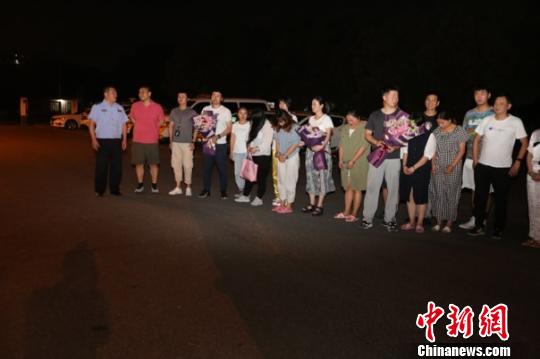







![[Beautiful trip to the Yangtze River in China] A picturesque countryside is in front of you. The beautiful "deformation" of the courtyard of Shijiacao Square in Chongqing is moving.](http://p1.img.cctvpic.com/photoworkspace/contentimg/2018/05/14/2018051420315426462.gif)
![[Beautiful trip to the Yangtze River in China] A picturesque countryside is in front of you. The beautiful "deformation" of the courtyard of Shijiacao Square in Chongqing is moving.](http://p1.img.cctvpic.com/photoworkspace/contentimg/2018/05/14/2018051420315468157.gif)
![[Beautiful trip to the Yangtze River in China] A picturesque countryside is in front of you. The beautiful "deformation" of the courtyard of Shijiacao Square in Chongqing is moving.](http://p1.img.cctvpic.com/photoworkspace/contentimg/2018/05/14/2018051420315463355.gif)
![[Beautiful trip to the Yangtze River in China] A picturesque countryside is in front of you. The beautiful "deformation" of the courtyard of Shijiacao Square in Chongqing is moving.](http://p1.img.cctvpic.com/photoworkspace/contentimg/2018/05/14/2018051420315456550.jpg)
![[Beautiful trip to the Yangtze River in China] A picturesque countryside is in front of you. The beautiful "deformation" of the courtyard of Shijiacao Square in Chongqing is moving.](http://p1.img.cctvpic.com/photoworkspace/contentimg/2018/05/14/2018051420315477819.jpg)




